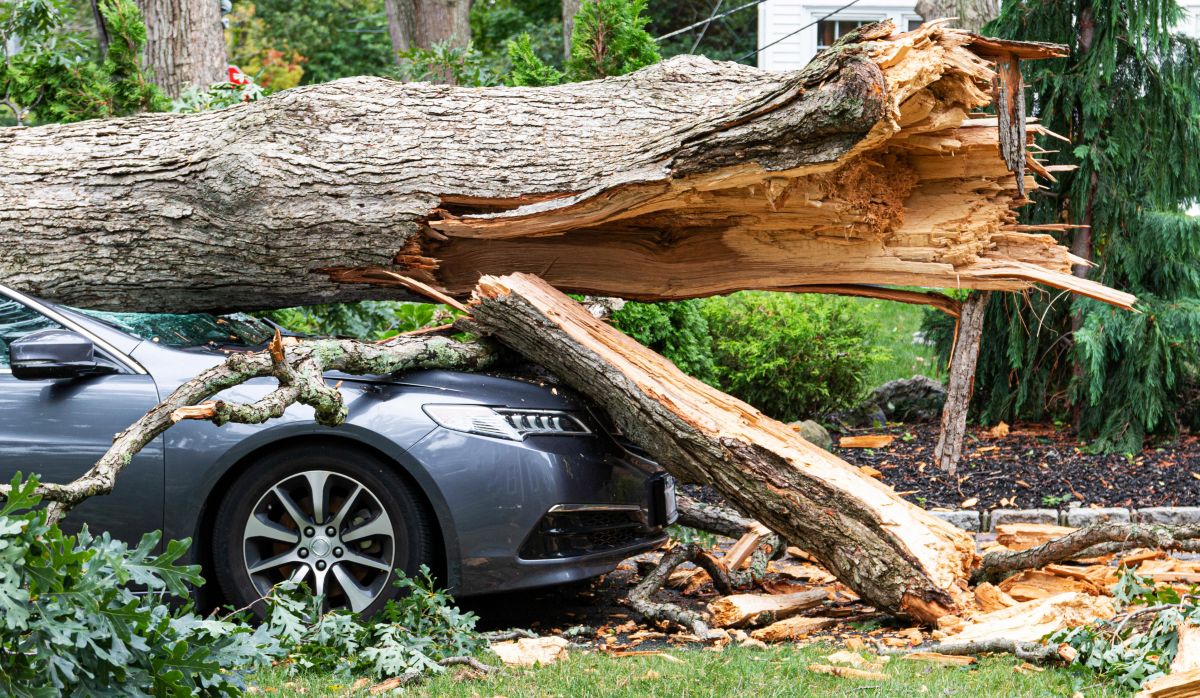The growing influence of secondary perils, such as floods, wildfires and convective storms, is fundamentally reshaping the global insurance landscape, according to S&P Global Market Intelligence’s “Evolving Natural Catastrophe Risks” report, part of the Big Picture 2025 Outlook Report Series.
Secondary perils accounted for significant global reinsurance losses between 2017 and 2022, with the industry failing to earn its cost of capital for five of those six years. As a result, insurers are facing higher reinsurance costs and retaining more risks themselves.
“The insurance industry has often acted as an early warning system for individuals and industries looking to understand and mitigate future risk,” said Raymond Barrett, lead author of the report. “With climate change expected to increase the severity and frequency of natural catastrophes, understanding this altered risk environment is paramount.”
One of the report’s key examples is the unprecedented damage from Hurricane Helene, which severely impacted the Appalachian Mountains in North Carolina, a region historically less vulnerable to hurricanes. Despite the storm’s inland devastation, much of the economic loss remained uninsured due to exclusions for flooding in standard U.S. insurance policies.
In Europe, central and eastern regions suffered significant losses in 2024 after two major floods, with northern Germany highlighted as particularly vulnerable to pluvial flooding by the 2050s, according to S&P Global Sustainable1 data.
The report comes amid a sustained trend of rising auto insurance premiums. In August, Insurify reported a 15% increase in premiums just since the beginning of 2024, on the heels of significant increases in 2023 due to record-high underwriting losses, which totaled $33.1 billion in 2022.
In addition to a spike in weather-related claims, Insurify attributed the rising premiums to inflated prices of new cars and soaring repair costs, particularly for vehicles equipped with advanced driver-assistance systems (ADAS) and EVs.












